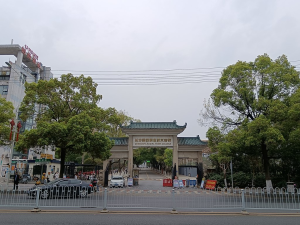Establish conflict causes
This learning outcome covers: Causes of conflict, characteristics of community conflicts, development of assessment tools on causes of conflict, administration of assessment tools, documentation of findings, analysis of findings and report writing and dissemination of information to relevant stakeholders.
1. Assessment tools for both primary and secondary data sources
1.2. Ways of administering assessment tools
i. Introduction: This is where the assessors prepare open-ended interview questions designed to obtain information about the conflict.
ii. Information gathering: The assessors can now study the background of the conflict through research and personal interviews with the stakeholders. This helps the assessors understand the different viewpoints of stakeholders, the key issues in the conflict, different parties' interests, negotiable and non-negotiable points, issues for future discussion, possible avenues towards settlement or resolution, reactions to the proposed process, and barriers to intervention.
iii. Analysis: The assessors then summarize findings, mapping areas of agreement and disagreement. iv. Process design: If requested, assessors may suggest a suitable conflict resolution process, describing goals, agendas, possible structures, and time frame. v. Report writing: The assessor will write a report which is reviewed by the parties. This maybe then decided to follow the process recommendations of the assessment report, or pursue the conflict in a different way. vi. Graphical "conflict mapping": Used in complex conflicts, it is often useful to diagram or graphically "map" all the different conflict elements. Such graphical depictions of the conflict process often illustrate positive feedback loops that are causing conflict escalation, as well as conflict limiting dynamics that might be accentuated to lead to conflict management or transformation.
